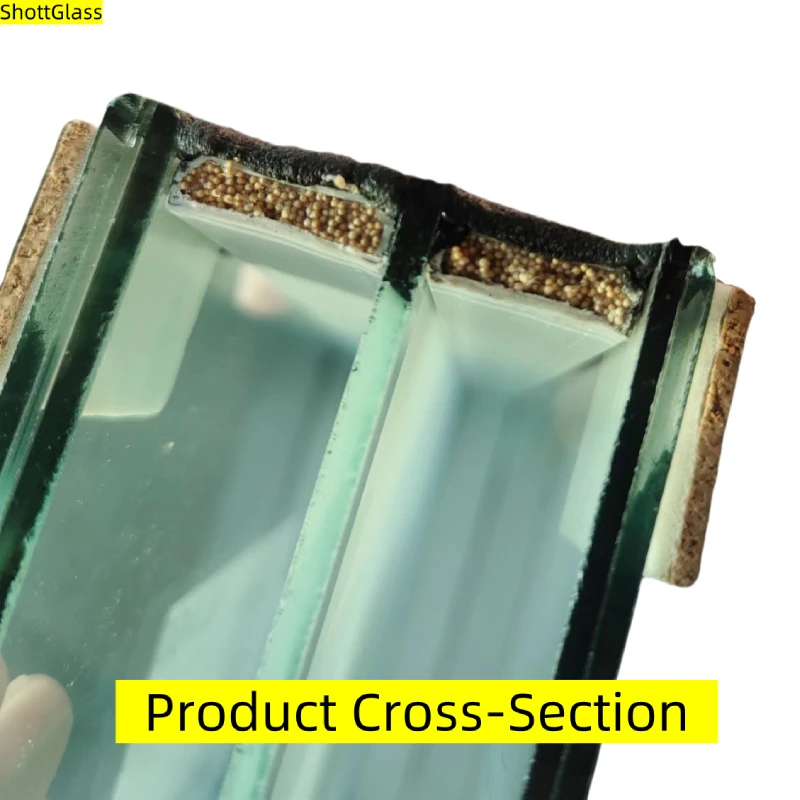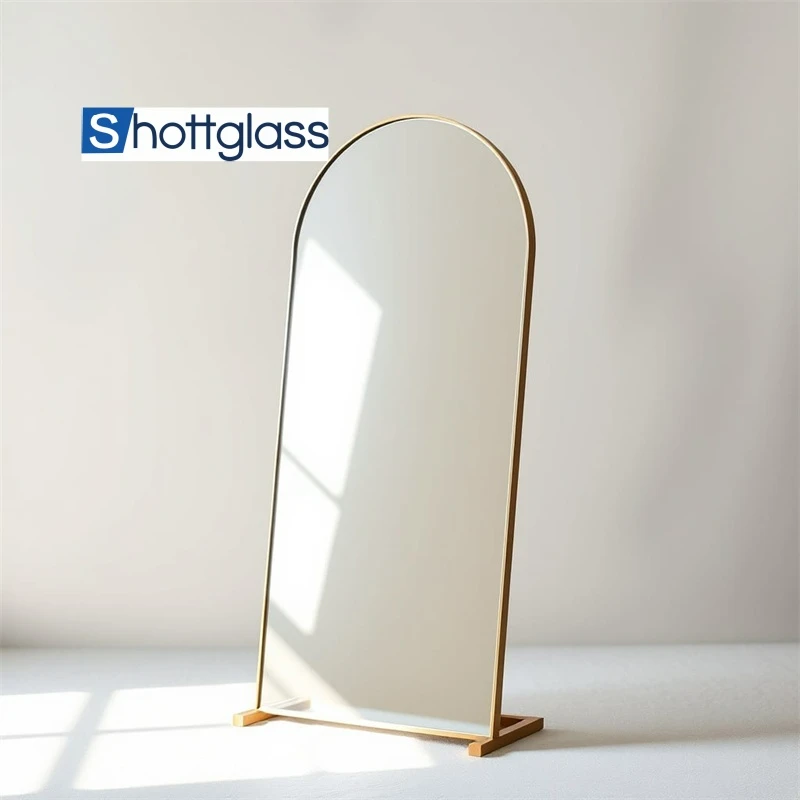Dec . 30, 2024 09:55 Back to list
Reflective Dark Blue Glass for Modern Architectural Designs and Stylish Interiors
The Aesthetic and Functional Appeal of Dark Blue Reflective Glass
In recent years, architectural and design trends have increasingly embraced innovative materials that enhance both aesthetic appeal and practical functionality. Among these materials, dark blue reflective glass has emerged as a fascinating choice for modern buildings and interior spaces. This striking material not only adds a touch of elegance but also serves various purposes that contribute to sustainability, energy efficiency, and overall building performance.
Aesthetic Appeal
The first and most noticeable quality of dark blue reflective glass is its stunning visual impact. As light interacts with the reflective surface, it creates a dynamic interplay of shades and textures, seamlessly blending with the sky and surrounding environment. This characteristic makes it an ideal choice for contemporary architecture, allowing structures to achieve a sense of harmony with nature. The deep blue hue of the glass can evoke feelings of tranquility and calmness while also providing a bold statement.
When used as a façade material, dark blue reflective glass enhances the visual identity of buildings. The reflective aspect not only gives a sense of depth but also changes throughout the day, presenting different colors under varying lighting conditions. This evolving nature allows buildings to maintain a fresh appearance, catching the eye of passersby and creating a memorable impression. Many architects and designers utilize this feature to create structures that stand out in urban settings, often choosing it for high-rise buildings, office complexes, and luxury residences.
Functional Benefits
Beyond its aesthetic charm, dark blue reflective glass offers numerous functional advantages. One of the most significant benefits is its ability to reduce solar heat gain. The reflective surface helps to bounce away a substantial amount of solar radiation, thereby minimizing heat absorption. This characteristic makes it especially valuable in regions with high temperatures and intense sunlight, contributing to a more comfortable indoor climate. As a result, building owners can conserve energy and reduce cooling costs, which can lead to significant savings over time.
In addition to temperature regulation, dark blue reflective glass enhances privacy without sacrificing natural light. While maintaining an open and airy feeling within spaces, the reflective nature of the glass provides a barrier for those on the outside looking in. This quality is particularly advantageous for offices, hotels, and residences situated in busy areas where privacy is of utmost concern.
dark blue reflective glass

Sustainability and Energy Efficiency
The growing emphasis on sustainable design practices has also fueled the popularity of dark blue reflective glass. Many manufacturers now offer glass that meets rigorous environmental standards, utilizing low-emissivity (low-e) coatings to further enhance energy efficiency. These coatings minimize heat transfer by reflecting radiant heat back to its source, which can further assist in maintaining comfortable indoor temperatures.
Incorporating dark blue reflective glass into building designs can also contribute to LEED certification, a widely recognized green building standard. Structures that utilize energy-efficient materials and systems can earn credits towards this certification, showcasing their commitment to sustainability and environmental stewardship.
Versatility in Design
Another remarkable aspect of dark blue reflective glass is its versatility in design. It can be used in a variety of applications, from curtain walls and windows to interior partitions and decorative features. Designers are increasingly experimenting with this material in residential spaces, contributing to the creation of sleek kitchens, elegant bathrooms, and visually striking living rooms. The glass can even be combined with other materials like steel and wood to create unique contrasts that enhance the overall design elements of a space.
Moreover, its compatibility with different styles makes dark blue reflective glass suitable for a wide range of architectural themes. Whether it’s a sleek modern aesthetic or a more traditional look, the glass can be incorporated in a way that complements the design vision while providing its inherent benefits.
Conclusion
In summary, dark blue reflective glass is more than just a visually captivating material; it serves vital functional purposes that enhance the comfort and performance of buildings. From its stunning aesthetic qualities to its energy efficiency and versatility, this innovative material is shaping the future of architecture and design. As sustainability becomes a focal point in the industry, dark blue reflective glass stands out as a compelling choice for those looking to blend beauty with functionality, elevating spaces into environments that inspire and endure.
-
Chemically Strengthened Glass vs Tempered Glass
NewsJul.18,2025
-
Custom Frosted Glass Applications
NewsJul.18,2025
-
What’s the Difference Between Obscure Glass and Frosted Glass?
NewsJul.18,2025
-
Bullet Resistant Glass Levels
NewsJul.18,2025
-
Silver Wall Mirrors for Living Room
NewsJul.18,2025
-
Bullet Resistant Glass Definition
NewsJul.18,2025
Related PRODUCTS














